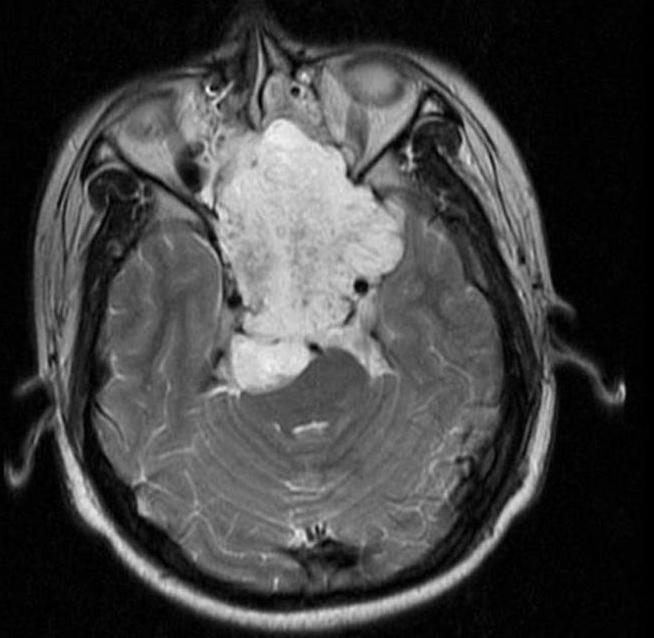CHORDOMA
What is Chordoma?
Chordoma, also called notochordal sarcoma, is a rare type of bone cancer that grows slowly anywhere along the spine or the skull. Chordoma most often forms in or around the skull base or at the sacrum. Chordomas are malignant tumors and they may metastasize.
Generally, Chordoma is found in adults aged 40 to 70 years old, though it can happen at any age. Chordomas are developed among males about twice as often as females do. Each year, one in one million people are diagnosed with chordoma.
There is a high likelihood of recurrence after the treatment. The individuals have to take consistent follow-ups for continuing recovery. After the treatment, during the first year period, a follow-up with MRI every three months is required.
What are the Symptoms of Chordoma?
The symptoms of chordoma change according to the location of the chordoma. As the chordomas grow they can press on the spine, brain, and nerves. Symptoms can include:
- Pain and nerve problems,
- Tingling,
- Numbness,
- Weakness,
- Vision problems,
Other symptoms, as the chordomas grow larger are;
- Lack of bladder or bowel control,
- Lump, (that the individual can feel from outside)
- Swallowing difficulties
- Sexual dysfunction and,
- Endocrine problems.
Treatments for Chordoma in Turkey (Türkiye)
Chordomas can spread to the other parts of the body or they may grow on the spine, near the nerves and blood vessels in such cases it is hard to treat chordoma. If chordoma grows larger and presses on the critical parts of the brain can be life-threatening or may cause permanent disability.
If possible, surgery is the best option to treat chordomas. Chordomas treatment in Turkey is determined according to the size of the tumor, where it is located, and how much it has invaded nerves or other tissues. If the chordoma is in the sacral spine then the treatment options will be surgery, radiation therapy, radiosurgery, and targeted therapies. If the chordoma is in the skull base then the treatment options will be surgery and/or radiation therapy.
Complete surgical removal with tissue around it will provide the best chance for cure and control of the tumor. In general radiation therapy will follow the surgery for a complete treatment.
For further information and treatment please contact…

